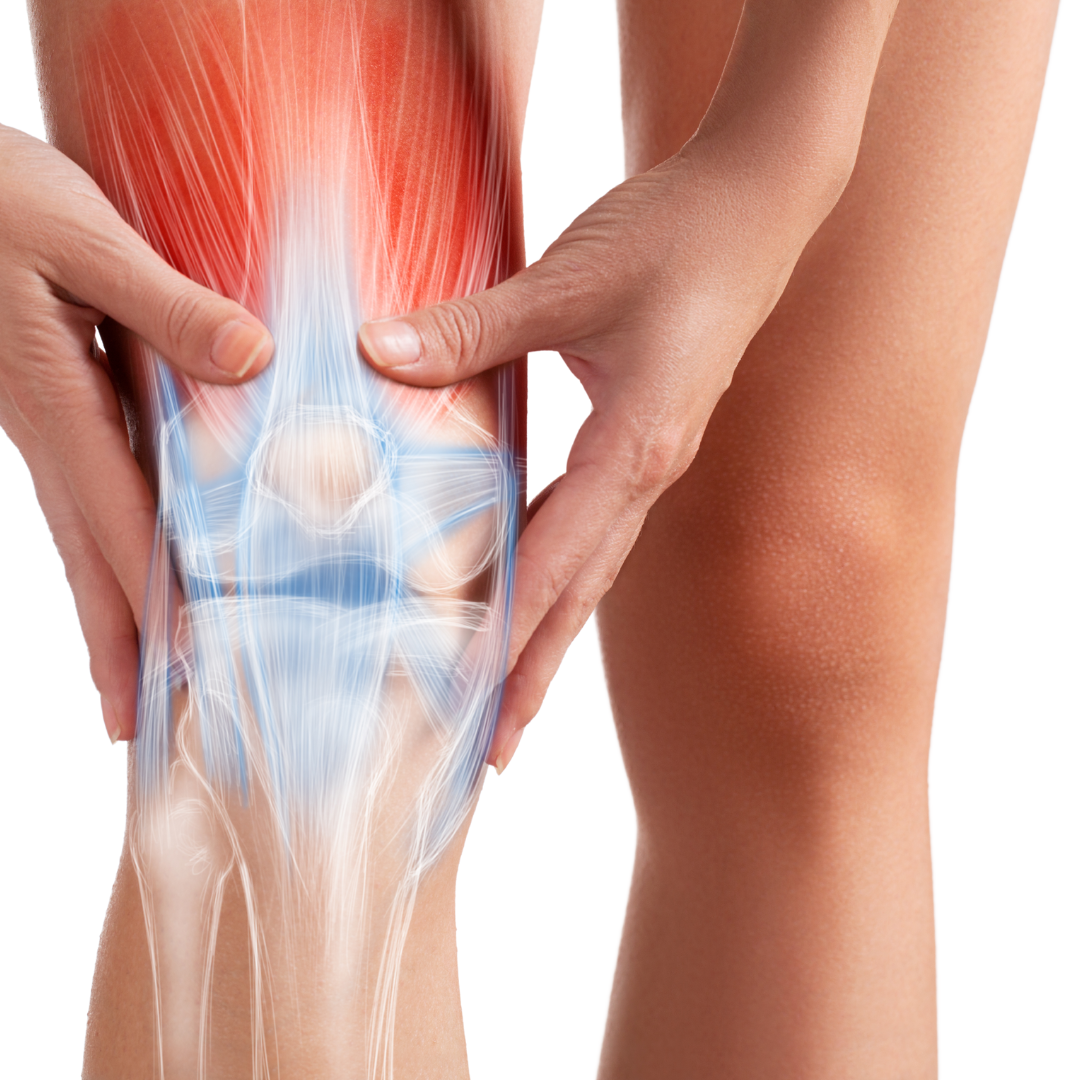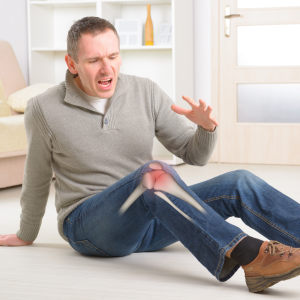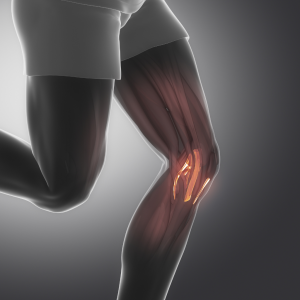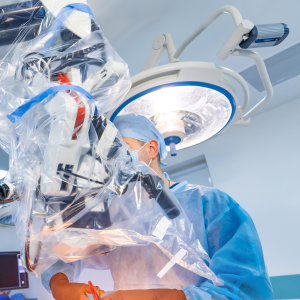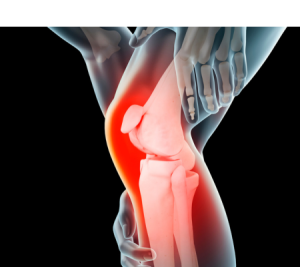
Osteochondral Autograft and Allograft Transplantation
Osteochondral Autograft and Allograft Transplantation Osteochondral autograft and allograft transplantation are surgical procedures used for cartilage repair in joints. These procedures involve the transplantation of

